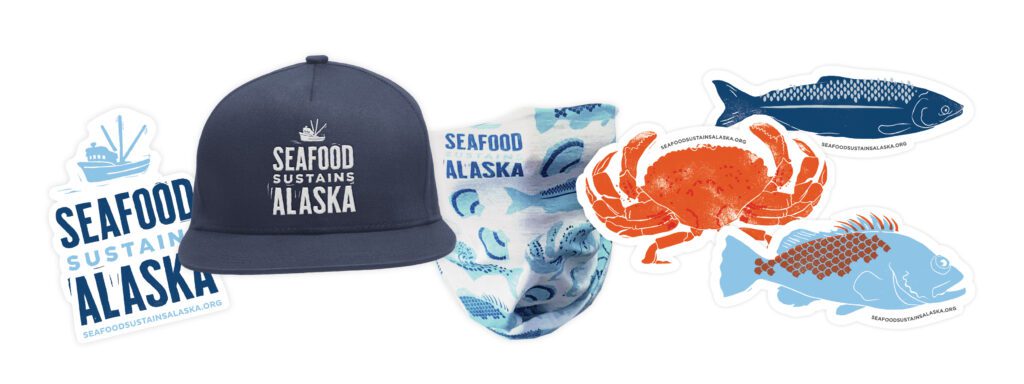Seafood Sustains Alaska

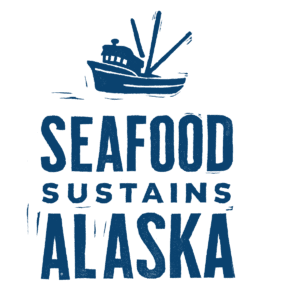 Alaska’s commercial seafood industry sustains Alaska in many ways.
Alaska’s commercial seafood industry sustains Alaska in many ways.
Our thriving commercial seafood industry is based on responsive, ecosystem-based sustainability practices, which supports and sustains families, businesses and communities across the state.
#SeafoodSustainsAlaska
Catching seafood today while stewarding sustainable fisheries for tomorrow.
Watch the video

Alaska’s commercial fishing families and communities are the heart and soul of Alaska’s seafood industry, spanning the state.
- Many skippers and crew participate in multiple fisheries as a full-time career, while others fish to supplement income from other jobs, earn money during a summer school break, or work as crew members for friends and family, taking part in a uniquely Alaskan cultural tradition.
- For many rural Alaska communities, the seafood industry is among the largest source of employment, wages, and tax revenue.

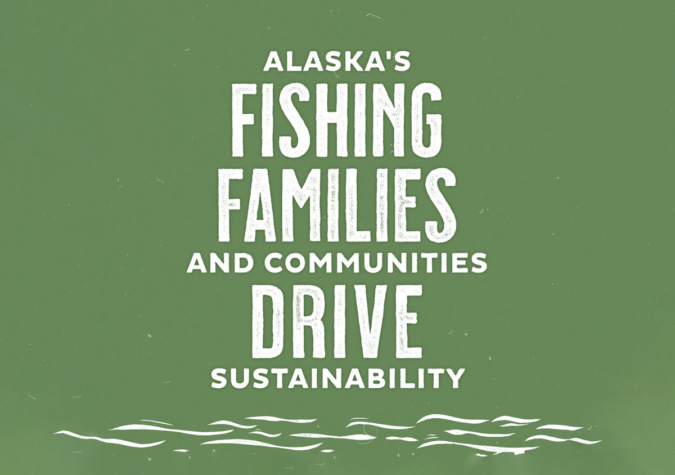
Alaska’s science-based seafood management system is considered among the best in the world, because it is built to adapt to change.
- Alaska’s varied and interconnected fishing communities and families are united by a commitment to adapting to change in a responsible way.
- These Alaskans play an important role in researching, informing, and implementing the change needed to maintain healthy and sustainable fisheries.
- Their household livelihoods and community viability rely on striking a balance between meeting their immediate needs with protecting resources for long-term sustainability.

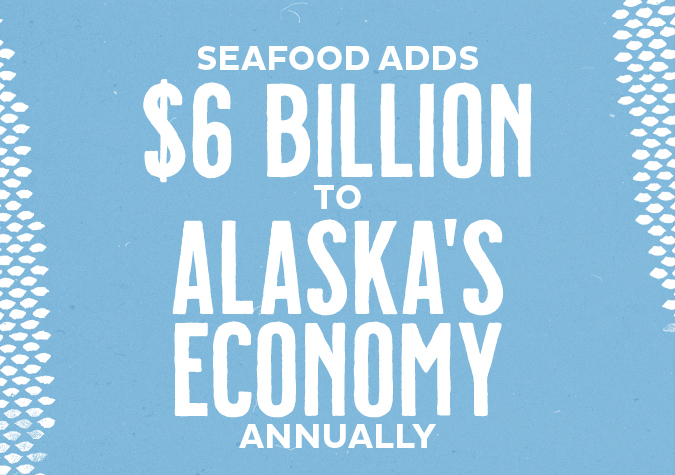
The commercial seafood industry helps anchor Alaska's economy.
- 48,000+ direct jobs
- 8300+ vessels
- 220+ processing facilities (both shoreside and at-sea)
- $5 billion annual product value
- $160+ million in taxes and fees paid by the Alaska seafood industry
These big numbers are made possible by all sorts of small businesses – from fishermen, machinists, engineers, electricians, cooks and more.
In fact, communities across the state benefit from the industry because it lowers the cost of shipping rates and fuel prices, not to mention supplying jobs to many non-fishing professions like welders, mechanics, upholsterers, bankers, retailers, accountants and more.
How do I fit in?

Choose Alaska, Support Alaska
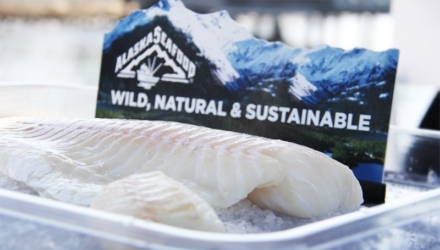
Look for the Alaska Logo

Explore the Marketplace
Seafood Sustains Alaska Swag Signup
